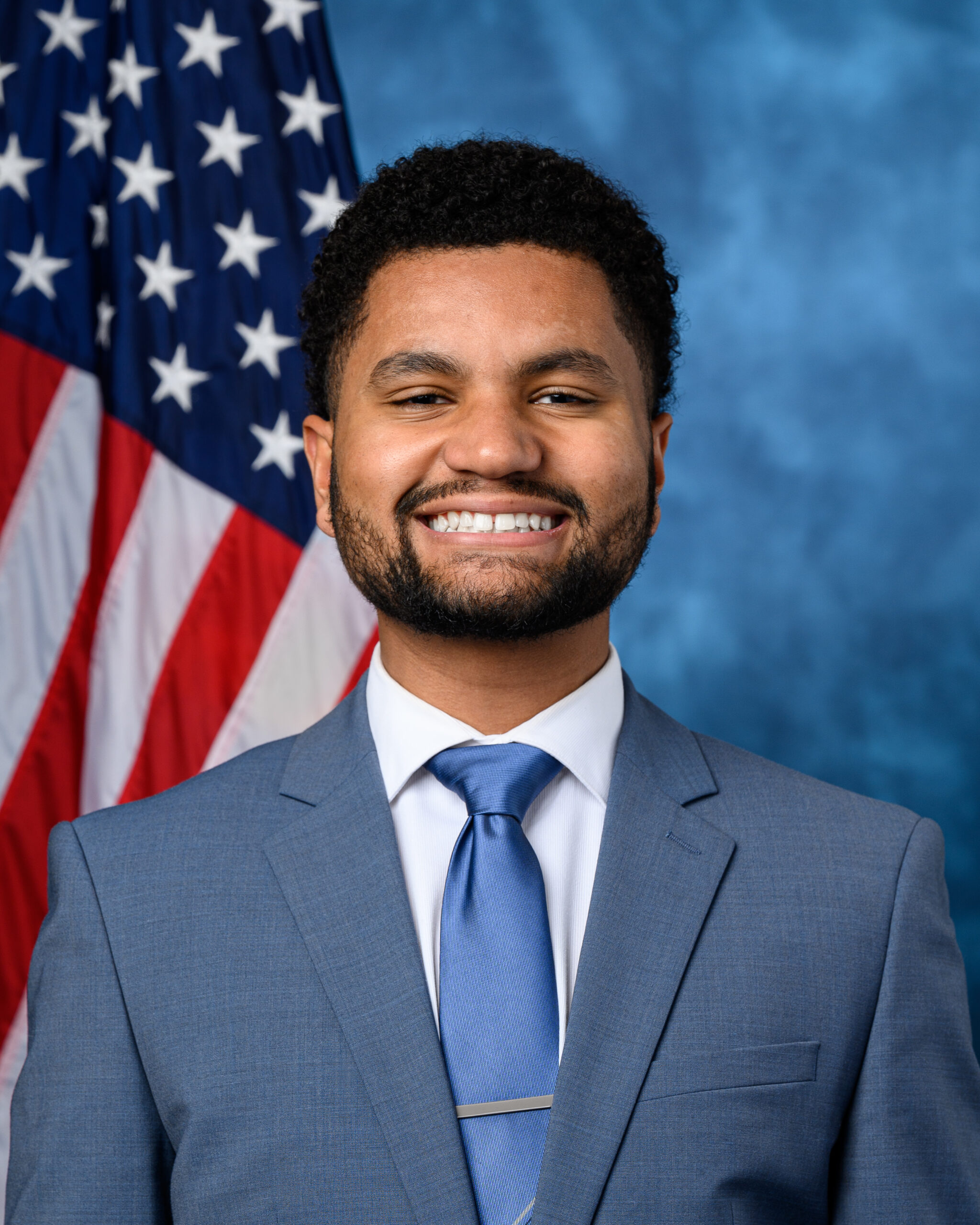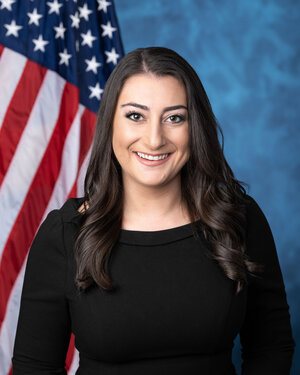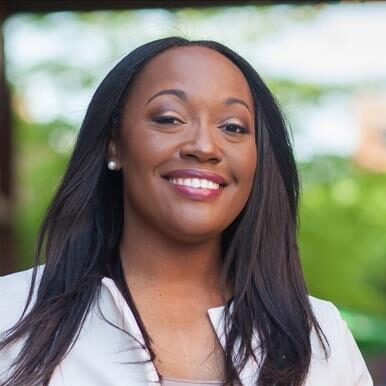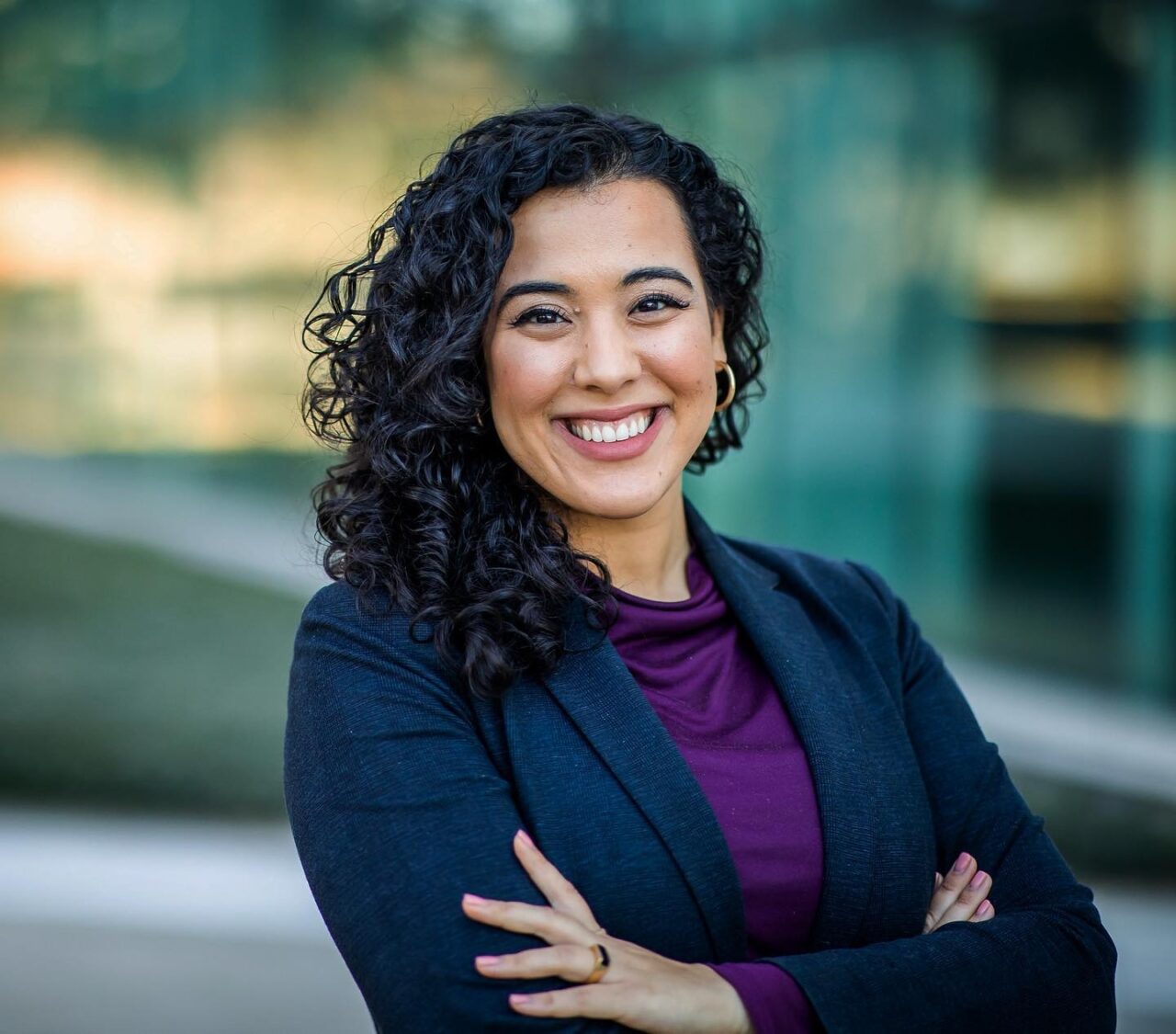What College Students Really Think About Cancel Culture
February 7, 2022
Despite the common refrain from pundits, a grassroots movement is seeing politically divergent undergraduates come together for uncomfortable discussions.
Every couple of months it seems the news features another college-campus free-speech incident. In 2021, for instance, a University of Rochester professor was suspended after quoting texts that contained a racial slur; MIT canceled a lecture by a speaker who’d criticized diversity, equity, and inclusion initiatives; and a handful of students across the country felt they were kept out of campus leadership positions due to their conservative beliefs.
Because of events like these, many political commentators write about the threat to academic freedom with an end-of-times urgency. State legislators have introduced roughly 81 bills since 2019 aimed at protecting free speech on campuses, according to Joe Cohn, the legislative and policy director at the Foundation for Individual Rights in Education (FIRE). And last June, two House Republicans launched a committee called the Campus Free Speech Caucus based on the claim that “the First Amendment is under attack on campuses across the country” and that “every day, students and faculty are forced to self-censor out of fear that they will be ‘canceled’ by the mob.”
Though self-censorship is a problem in academia—more than 80 percent of college kids say that they self-censor at least some of the time, according to one study—not all students agree with the adults who are catastrophizing. “I wouldn’t call this speech suppression,” said Matthew Metrick, a white student at the University of Michigan who describes his politics as issue-based. “I don’t think there’s a deliberate wave of average liberal organizations [trying] to suppress conservative voices.” Instead, Metrick told me, “I think it’s a question of open minds … The biggest problem is preconceived notions.”
Unlike pundits, students like Metrick actually spend their days on campus and have a nuanced understanding of what’s driving self-censorship—and how to fix it. They’ve become part of a grassroots civil-dialogue movement that creates a new kind of safe space: one that invites students from across the political spectrum to discuss controversial issues, including policing, gender identity, and free speech itself. These spaces are not about First Amendment absolutism, but rather they aim to remove the anxieties of so-called cancel culture while still upholding a commitment to equity and inclusion.
MORE FROM AMERICA IN PERSON
-
The Religious Leaders Caught in the Vaccine Wars
-
The Year of Practical Thinking
-
The Beloved Filipino Tradition That Started as a Government Policy
-
Grief Is Evidence of Love
What College Students Really Think About Cancel Culture
Despite the common refrain from pundits, a grassroots movement is seeing politically divergent undergraduates come together for uncomfortable discussions.
College students are aiming to remove the anxieties of so-called cancel culture while still upholding a commitment to equity and inclusion. (Gabriela Pesqueira / The Atlantic)
FEBRUARY 4, 2022SHARE
Every couple of months it seems the news features another college-campus free-speech incident. In 2021, for instance, a University of Rochester professor was suspended after quoting texts that contained a racial slur; MIT canceled a lecture by a speaker who’d criticized diversity, equity, and inclusion initiatives; and a handful of students across the country felt they were kept out of campus leadership positions due to their conservative beliefs.
Because of events like these, many political commentators write about the threat to academic freedom with an end-of-times urgency. State legislators have introduced roughly 81 bills since 2019 aimed at protecting free speech on campuses, according to Joe Cohn, the legislative and policy director at the Foundation for Individual Rights in Education (FIRE). And last June, two House Republicans launched a committee called the Campus Free Speech Caucus based on the claim that “the First Amendment is under attack on campuses across the country” and that “every day, students and faculty are forced to self-censor out of fear that they will be ‘canceled’ by the mob.”
Though self-censorship is a problem in academia—more than 80 percent of college kids say that they self-censor at least some of the time, according to one study—not all students agree with the adults who are catastrophizing. “I wouldn’t call this speech suppression,” said Matthew Metrick, a white student at the University of Michigan who describes his politics as issue-based. “I don’t think there’s a deliberate wave of average liberal organizations [trying] to suppress conservative voices.” Instead, Metrick told me, “I think it’s a question of open minds … The biggest problem is preconceived notions.”
Unlike pundits, students like Metrick actually spend their days on campus and have a nuanced understanding of what’s driving self-censorship—and how to fix it. They’ve become part of a grassroots civil-dialogue movement that creates a new kind of safe space: one that invites students from across the political spectrum to discuss controversial issues, including policing, gender identity, and free speech itself. These spaces are not about First Amendment absolutism, but rather they aim to remove the anxieties of so-called cancel culture while still upholding a commitment to equity and inclusion.
Scores of civil-dialogue organizations exist on American campuses today. Many launched within the past six years as a reaction to the divisiveness and extreme incivility of President Donald Trump’s administration. Roughly 40 clubs are currently affiliated with the nonprofit BridgeUSA, which uses civic engagement to tackle political polarization. And a smaller number are supported by FIRE, which promotes free-speech rights on college campuses and offers counsel to students who request it. (Among BridgeUSA’s partners are organizations such as the Millennial Action Project and the Arthur Vining Davis Foundations. FIRE’s donors include the Charles Koch Foundation and the Bradley Foundation. Still, the student groups affiliated with national organizations operate with considerable autonomy.) Other groups, like Metrick’s, are independent organizations founded by students who believe that ideological echo chambers are stifling their collegiate experience. What all of these groups share is a pragmatic approach to addressing self-censorship—an effort that legislators and pundits alike would do well to consider.
The urge some students feel to self-censor is complicated. Lara Schwartz, the director of the Project on Civil Discourse at American University, has been following this phenomenon for years and has some theories. First, she believes that the pundits and politicians who decry speech suppression are actually promoting the problem. For many years, she told me, she has asked students about their views on campus expression. More and more, her incoming freshmen “arrive on campus believing that there is a free-speech crisis, some illiberal consequence culture that might—that probably does—exist.” It’s concerning to liberal and conservative students alike, she added, “because they want to make sure they’re exposed to all kinds of opinions.”
Second, thought leaders don’t appreciate the culture shock that many Gen Z college students experience when they first arrive on campus. Often, “the communities we live in are far more homogeneous, less diverse both ideologically and racially, and economically, than colleges are,” Schwartz told me. So students have little experience engaging deeply with people who challenge their ideas. She added that high schools don’t usually teach students how to talk across differences. “Many students arrive at college … not really knowing If I speak my mind, how will people react socially?” she said.
Finally, Gen Z brings a unique—if largely untested—set of values to campus. According to a Knight Foundation study conducted in 2019, which surveyed a nationally representative sample of more than 3,000 full-time college students, a significant majority of today’s undergraduates say that it’s not just free speech but also inclusion that is fundamental to a healthy democracy. Schwartz said this generation might have distinct views on how to balance these values, as it’s the least white in U.S. history and the first in which LGBTQ equality has been the legal norm. But until college, these students may not understand that honoring both principles can be extremely difficult. It’s no surprise, then, that many say that free speech and inclusion appear to compete with each other, at least occasionally, if not frequently, according to Knight. In short, wanting to be exposed to a diversity of ideas isn’t the same as being exposed. Students often don’t know how to react when presented with ideas that feel offensive, biased, or just plain complicated.
Civil-dialogue clubs give students a relatively stress-free arena to explore the balance between free speech and inclusion. A critic could argue that these groups have limited reach—how can they change campus culture if, by definition, they’re just another siloed “safe space?” But some of them make a point of electing co-presidents who represent different political perspectives. And many follow a similar meeting format. At the University of Michigan, for instance, Metrick has been involved with WeListen, a dialogue club that convenes a few times a semester to discuss complex issues such as drug legalization or criminal-justice reform. The leadership meets in advance to draft both nonpartisan and bipartisan talking points, which participants receive before each event. They also train members in facilitation so that students can effectively guide the discussions. WeListen’s membership team works with professors and the Ford School of Public Policy’s office of diversity, equity, and inclusion to enlist new participants. About 40 students attend each meeting.
Most sessions begin with ground rules, such as “Seek to understand and not to convince” and “Challenge the idea, not the person.” From there, small groups might begin with a question from their facilitator. As the 2021 co-president of WeListen, Metrick said his role was to ensure that conservative opinions were accurately represented. He also said the small-group setting provides a natural deterrent to hostility. “If you came in a combative way, you’d feel out of place,” he told me. At the same time, the conversations can be quite passionate. Discomfort is a given—which he thinks isn’t a bad thing.
“If someone feels uncomfortable, they feel uncomfortable,” says Gabrielle Nahhas, a progressive, who was co-president alongside Metrick. “Our guidelines are to speak your discomfort.” Nahhas, the Syrian-American daughter of a moderate mother and a conservative-leaning father, told me that she joined WeListen, in part, to better navigate political conversations with her family. In some ways, she said, the group has taught her to be more flexible even as she has moved further left since coming to college. But she’s also had WeListen members tell her “That’s so conservative of you” in response to certain issues. This felt unpleasant to her at first; now she considers it a benefit. “We’re not one-dimensional,” she told me. “You’re allowed to be more than one thing.”
A new dialogue club at the College of Wooster, a small liberal-arts school in northeast Ohio, is teaching students this same lesson. Last fall, Dylynn Lasky, a white, liberal-leaning sophomore, and Bobby Ramkissoon, a Black conservative senior, attended a meeting of the College Republicans. Lasky and Ramkissoon, who had become friends on campus and attended the same FIRE conference, were inspired to launch a civil-dialogue organization. But first they wanted to test the basic proposition: Could students with ideologically divergent views really have a constructive conversation?
The meeting got off to a rocky start. The group began discussing the practice of giving one’s pronouns, which started in the trans community and has become common across academia. It wasn’t long before some of the Republicans started lashing out, calling pronouns an imposition and an ideological bludgeon. Lasky told me that she was “taken aback” by the level of transphobia, which was made worse by the fact that a trans woman, Artemis Swanson, was also in attendance. Ramkissoon told me that his fellow conservatives were acting like Swanson wasn’t even there. “I didn’t know how [she’d] react,” Lasky said.
Swanson, a left-libertarian junior, raised her hand and said that she was trans and in the process of transitioning. Momentarily, the air was sucked out of the room. Then, with considerable poise, she began to share why pronouns were important to her. “You don’t have to say your pronouns,” she explained to me. “But to not have the option to say it—and to not have that option made explicitly clear in an educational environment—would make students who are trans feel isolated and uncomfortable.”
Ramkissoon said it was a powerful moment. “Artemis was incredibly vulnerable in a room that was obviously hostile to her, and that had a reverberating effect on the students,” he said. “Many of them backtracked, were apologetic.” Ramkissoon himself had long harbored a deep skepticism of the pronoun practice. Now, for the first time, he started to understand the psychological toll of constantly being misidentified. What he’d previously seen as an imposition was really just a simple way to show some compassion. “I would like to believe that the same seed that was planted in me was also planted in other conservatives in the room,” he said. Either way, “it confirmed to Dylynn and I that we needed more of these conversations.”
The question of what constitutes “harmful” speech and how—or whether—to police it is at the core of censorship debates. Ramkissoon told me that it was “intellectually dishonest” for his fellow conservatives to trumpet the power and importance of speech and then call liberals “snowflakes” for feeling harmed by what some people say. “Ideas are not just ideas. They have real-world consequences,” he said. And “especially as a Black person, I know what the psychological effects of racism can do.”
The Knight poll found that more than a third of students reported feeling uncomfortable, and one in eight said they felt unsafe because of what someone had said on campus. Many said their discomfort stemmed from comments about race, gender, ethnicity, or sexual orientation. “I don’t think you should have to have your hand held … about what racism really is at this point or how to be respectful in conversations,” Chloe Hirth, a Black liberal-leaning senior at the University of Southern California, told me. But Hirth, who serves as the president of the school’s BridgeUSA chapter, understands that speech is complicated. “There are so many new developments in communication or what [language] is most appropriate,” she said over Zoom. Bridge is a space where a student can say, “I’m not sure if this is the right way [to express this idea], but I want to talk about it.”
According to Hirth, intention matters. But campus policies tend to leave no room for this nuance, attempting instead to mandate tolerance. This was precisely the case for Aryaan Misra, a junior at Alma College. In the fall of 2020, Misra took a diversity training, required for all students with on-campus jobs. He told me that one of the training exercises awarded him a point every time he correctly identified the kind of bigotry embedded in a campus-based scenario. For instance, if a professor complimented an international student’s English, the correct answer was “xenophobia.”
Misra, who’s from India, was flummoxed by this. “Day one, I was complimented on my English by my philosophy professor, who is the most liberal dude,” he told me. “That helped with my self-esteem so much, and you’re saying he’s racist?” When he shared his frustrations about the training in a lengthy Twitter post, students lashed out and called him the xenophobe. It was jarring, especially because Misra had recently rejected the right-wing ideologies of his family after a school friend debated him out of his Islamophobic beliefs.
Misra had come to college looking to challenge and be challenged. So he asked his friends in the debate society if they’d like to start a “safe space for ideas.” It wouldn’t be a formal debate club. Dogma, ad hominem attacks, and hate speech were not permissible. But students could question the status quo on any issue, university-related or otherwise. “The applicability of critical race theory or trigger warnings—let’s talk about these things,” he told me. Because when certain topics become off limits, there’s a snowball effect. “It ends up giving power to whoever can silence you.”
In many cases conservatives have posited that liberals are doing the “silencing,” but perhaps it’s more complicated than that. Recently, a University of Michigan professor stepped down from his course after students complained that he failed to provide appropriate context for a movie featuring blackface. “It’s not a bad thing for students to be able to complain and say, ‘This thing that happened in my classroom bothered me,’” Schwartz said when I asked her about some students’ objections to classroom content. “That is speech, and that is practicing a kind of civic engagement—even if you’re wrong about whether a professor can teach that way.” She said that “universities have a heavy lift to help teachers teach inclusively, and teach hard and controversial and even offensive material … really helping students understand why it’s to all our benefit if there’s a more restorative approach to this relationship.”
That approach is what many of the civil-dialogue clubs hope to model. “We try to remind people [at our meetings], if somebody says something offensive or bad, you can make that into a learning experience,” Nahhas said. “The next time you see them, you don’t have to feel bitter about it. You don’t have to freeze them in time.” Yes, backlash is sometimes warranted, she said, but she was clear: “Push people to do better.” This ideology has reverberated far beyond the confines of these meetings, as students inevitably carry their club experiences back to dorms and classrooms. At USC, Hirth has sometimes felt frustrated by class discussions that grow tense and even angry. Passion is good, she said, but “everyone has some kind of stake, and they take [comments] personally.” Since joining BridgeUSA, though, she said she’s “more open to hearing different opinions in other classes.” And she’s become committed to preaching a gospel of political awareness and engagement. It doesn’t matter whether her peers agree with her or not, as long as they care.






Join 1,900+ BIPARTISAN LEADERS NATIONWIDE
Be a part of a network of lawmakers committed to governing effectively, passing more representative public policy, and increasing public trust in democracy.